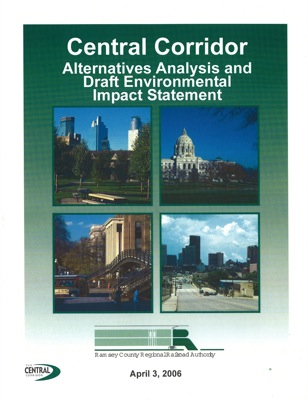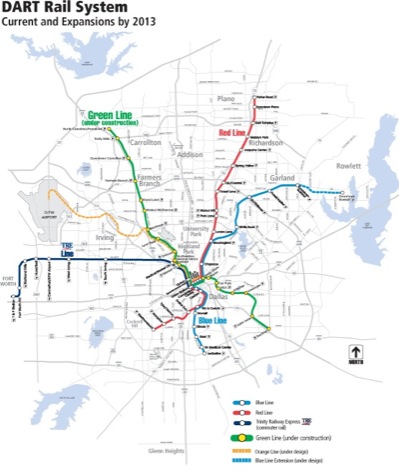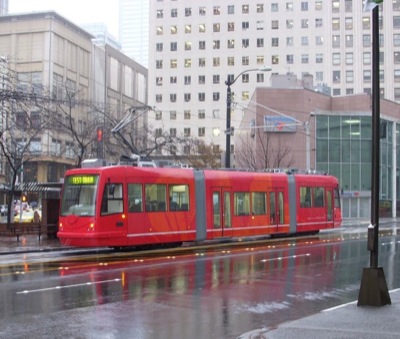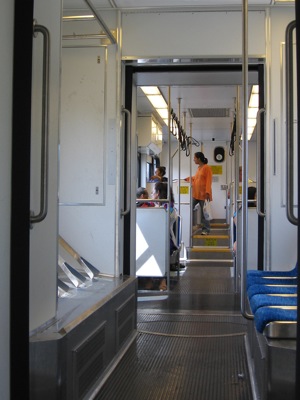It is late and I am tired and I don’t have time or ideas for a lengthy post, so I am just going to vent over one of my pet peeves: how planners say they want public involvement and then through obstacles in the way of members of the public who want to get involved.
Today the plan I am concerned with is for the “central corridor,” a proposed light-rail line from Minneapolis to St. Paul. The Twin Cities Metropolitan Council published a draft environmental impact statement (EIS) for this proposal last year.











